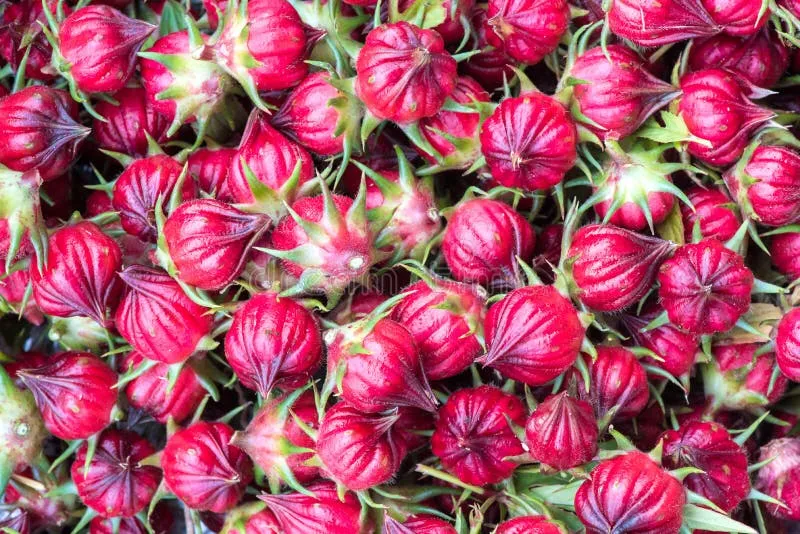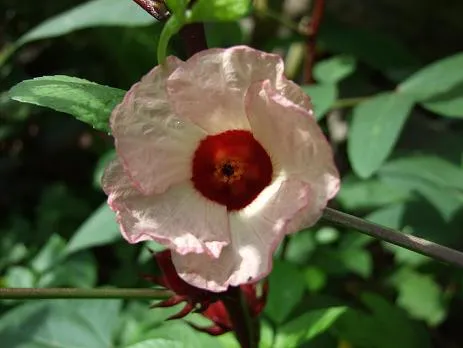Hibiscus sabdariffa L. is a plant recently introduced in many South American countries, specifically in the east of the continent where there is little technical and agronomic knowledge about the plant and the cultural practices necessary for seed treatment.



▶ This plant can be used as an agro-industrial product from which refreshing drinks, teas, jellies, jellies, cakes and as a food supplement for poultry can be prepared; it is also a crop that has high medicinal properties for treatments such as hypertension; it also has nutritional properties because it contains vitamin C.

▶ Credits: cokodeal – [Image of Public Domain]
≕ I invite you to stay tuned and read my next contribution ≔
The flower of Jamaica has antioxidant properties as a regulator of insulin production, this property makes it a food of high value for people suffering from diabetes. It fights malignant cancer cells without affecting healthy cells. This property makes this plant an ideal food for people seeking to prevent this disease.
Additionally, it will help them to learn more about the agronomy of the crop as well as the behavior of the seeds in the field and how and under what conditions the seeds should be stored. In the region we can find areas of tropical dry forest life suitable for planting Jamaica.

Little is known about the agronomy of Jamaica flower cultivation and much less about the cultural practices for seed treatment in order to preserve its quality over time. Because of its bright red color and slightly acid flavor, Jamaica is a product with great potential in the food and pharmacological industry because it meets the demands of consumers for foods that, in addition to good taste, provide health benefits.
NOTE: Reference material.